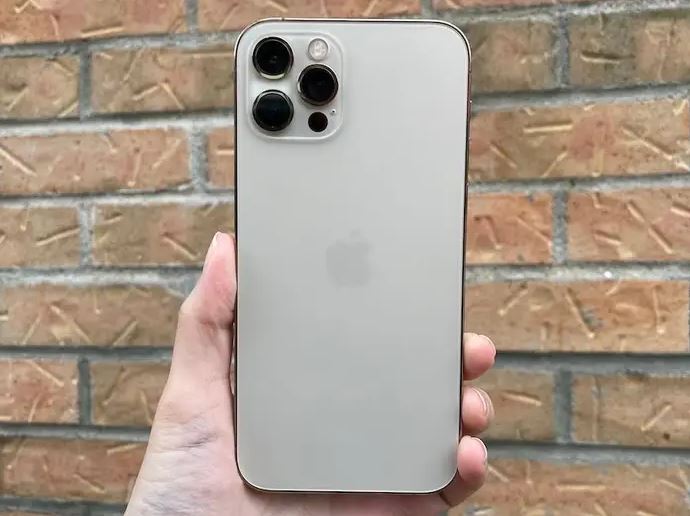If you’ve watched a crime program, you’ve probably seen analysts pulling data from a phone. Are these techniques possible, and can the police recover deleted photos, texts, or files from a phone?
Not just police officers but also the general public have access to a wide range of data recovery tools. In terms of the police, they employ a high-end data recovery technology that performs admirably and recovers all data that a person has hidden or deleted.
The iPhone is commonly regarded as the safest device. However, many people are unaware that an iPhone in the hands of the police might reveal you. The photos you delete on your iPhone are saved in a “Recently Deleted” section. The pictures are kept for around 30 days here. The user has the option of permanently deleting or recovering these photos. If you delete the photos permanently, they can only be recovered with a data recovery tool.
Can Police recover deleted pictures from an iPhone?
The police can recover deleted data if it has not been overwritten (and possibly even if it has not been rewritten numerous times).
Furthermore, if the picture was shared by popular channels (text message, email, Facebook, Instagram, etc.), the police can issue search warrants on those connected accounts and obtain the data that way, even if it was deleted and wiped completely clean using special software.
Is it possible for police to recover deleted photos, texts, or files from a phone? They can find data that hasn’t been wiped by special techniques.
However, encrypting your data may ensure that it remains private. Experts in smartphone forensics can recover almost anything from any phone. Police frequently seize and examine phones for evidence of indecent photographs and videos, when and to whom calls were made, browser history, calendar events, and suicide or murder explanations.
Whether or not a person deletes them from their phone, all of this can be recovered.
At the CTIA cellular industry trade event in Las Vegas, Courtney Lancaster, a forensic analyst with secure communications solutions business TeleCommunication Systems (TSYS), stated, “It makes it much, much tougher, but wiping a phone doesn’t always mean you can’t recover the data.”
Forensic analysts have many technologies at their disposal that enable them to access multiple levels of data on a device.
You might consider your iPhone to be a helpful personal assistant. However, once it’s alone in a room full of law enforcement officers, you might be shocked at what it exposes about you.
What Can Police Forensic Analysts Find on your Phone?

Forensic analysts can get data from your phone in many different ways. The simplest method is “manual acquisition,” just by searching through the phone. This does not expose erased data; hence it does not provide much information to analysts.
A “logical acquisition” gives you more information. This entails moving data from the phone to a computer. Although this transfer makes it easier for forensic investigators to work with the data, erased information is unlikely to be recovered.
Investigators use a “file system acquisition” to see secret data. A file system acquisition offers an investigator access to all files in a database, which is why mobile devices are large databases. This includes hidden and root files, but there is still no data that has been removed.
There’s also a “physical acquisition.” This is the most difficult acquisition since it requires using specialized software to dump a copy of the storage into a file. This, on the other hand, exposes everything, including deleted files. This makes it possible to do processes like forensic text message recovery.
How Police Get Data from your Phone
You might be wondering how the cops can access deleted text messages. When you erase something from your phone, it doesn’t disappear immediately.
Mobile devices’ flash memory doesn’t destroy files unless it needs to make room for anything new. It just “deindexes” it, effectively erasing its location. It’s still there, but the phone has no idea where it is or what it’s for.
Another piece of software could find the deleted data if the phone hasn’t been replaced. It’s not always easy to identify and decode it, but forensic experts have some highly powerful tools to assist them.
The less probable anything has been overwritten, the more recently you erased it. If you removed something months ago and use your phone frequently, the file system will likely have already overwritten it. If you removed it only a few days ago, there’s a good chance it’s still somewhere.
Some iOS devices, such as newer iPhones, go one step further. They encrypt and deindex the data, and there is no known decryption key. Getting around this will be difficult (if not impossible). Many phones backup their data to the user’s computer or the cloud. It may be easier to recover data from the backup than from the phone. The effectiveness of this method is determined by how recently the phone was backed up and the service utilized to store the files.
Encrypting your data may ensure that it remains private even after erasure.





![How To Delete Messages On iPhone XS Max [EASY HACK!] How To Delete Messages On iPhone XS Max [EASY HACK!]](https://techbeastz.com/files/wp-content/uploads/2022/11/how-to-delete-messages-on-iphone-xs-max-250x200.jpg)

![How To Delete Desktop Pictures On Mac [Easy Hack] How To Delete Desktop Pictures On Mac [Easy Hack]](https://techbeastz.com/files/wp-content/uploads/2022/11/how-to-delete-desktop-pictures-on-mac-250x200.jpg)

